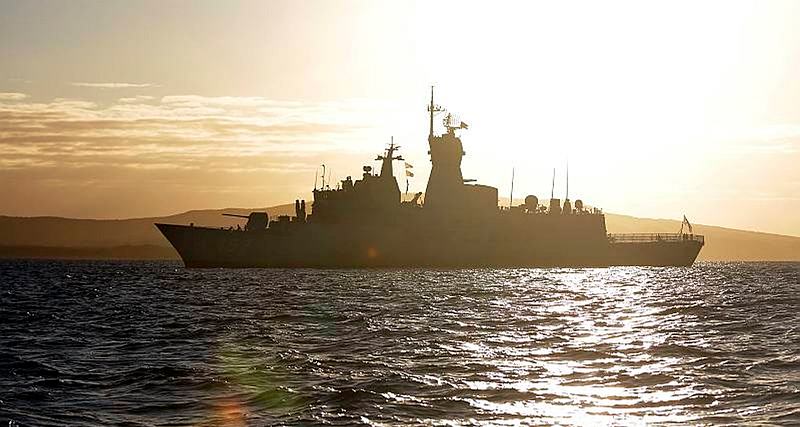
It’s a very interesting time to be rethinking national defence policy and strategy in the Indo-Asia-Pacific, particularly as we see tensions in the South China Sea so close to the sea lanes upon which our economy depends.
Against the background of US President Barack Obama’s rebalance policy, ANZUS continues to both underwrite Australia’s security and act as a crucial force multiplier for Australian Defence Force (ADF) capability in the region.
Recent deployments of the US Navy (USN) to the Indo-Asia-Pacific region as part of the US’s expanded forward naval presence in the area would, according to the Secretary of the US Navy, provide a foundation for strengthening such an alliance in the region.
The upcoming 2015 Defence White Paper will no doubt refer to this geopolitical influence and identify its consequences, including the need for enterprise-level interoperability between Australian and US forces in the regions to Australia’s north.
Those will naturally flow through to Australia's future surface fleet as important issues for the RAN’s future mission systems, including sustaining the highest level of interoperability with the USN and key allies, together with the continued unfettered access to and protection of sensitive US-regulated technologies.
The Future Frigate’s documented capabilities include low-level constabulary operations through to high-end war-fighting, with an emphasis on anti-submarine warfare and the ability to command a task group.
Those characteristics represent a considerable leap from the existing
Anzac-class capabilities. This comes as no surprise: our sailors will need to be able to counter evolving threats over the life of the Future Frigate. And it’ll be a technological edge rather than numerical advantage that’ll allow the RAN to keep pace with those threats.
The requirements of the Future Frigate present a considerable challenge to mission system design. They also present a significant opportunity to take a whole-of-fleet view to mission system development that could be delivered through a strategic collaboration between Defence and industry. Such a collaboration could leverage existing in-country capabilities across the entire surface combatant enterprise and build on the considerable stakeholder investment already made.
A fleet-level mission system architecture for the future surface combatant fleet—subsequently implemented at the platform level through specific design changes—would allow us to leverage historical investment, exploit innovation programs and realise benefits to Defence, including reduced costs, reduced integration risk, and reduced whole-life costs. In terms of avoiding upfront engineering effort, the move would shave years from the schedule and potentially hundreds of millions of dollars of cost.
Such an approach is particularly important when we consider the introduction of next generation capabilities, such as new off-the-shelf US-based weapons or technology to the fleet.
By way of example, the current AWD mission system architecture, developed to harness long-term capability growth and avoid obsolescence, can be a solid foundation upon which to develop the specific mission system for the Future Frigate’s capability needs.
A key technological edge for the Future Frigate will come with further use of secure military networking technologies, like the USN’s Naval Integrated Fire Control-Counter Air capability, in particular Cooperative Engagement Capability. Those give greater intelligence and situational awareness to each fleet unit and, if gridlocked between the RAN and USN, would allow coalition assets and their munitions to be integrated into a networked force.
To fully benefit from integrated network systems, it’ll be critical for Australia to deploy command, control and decision systems that are highly interoperable with the USN. Fortunately, mission system alignment also presents an opportunity to share weapon certification costs. Alignment of evolving sensor netting technologies and common threads in fleet mission systems is essential to maximise the capability advantage the RAN receives through the USN coalition.
Greater interoperability between RAN and USN will deliver a sustainable and cost-effective operational advantage against the background of our convergent strategic interests in the Indo-Asia-Pacific. While there’ll be challenges for Defence in implementing this approach the benefits can be realised through strategic partnering between Defence and industry that makes use of the sector’s historical investment in systems engineering and integration. Our combined experience can serve to future proof us as we traverse this growth path.
 Print This Post
Print This Post It’s a very interesting time to be rethinking national defence policy and strategy in the Indo-Asia-Pacific, particularly as we see tensions in the South China Sea so close to the sea lanes upon which our economy depends.
It’s a very interesting time to be rethinking national defence policy and strategy in the Indo-Asia-Pacific, particularly as we see tensions in the South China Sea so close to the sea lanes upon which our economy depends.